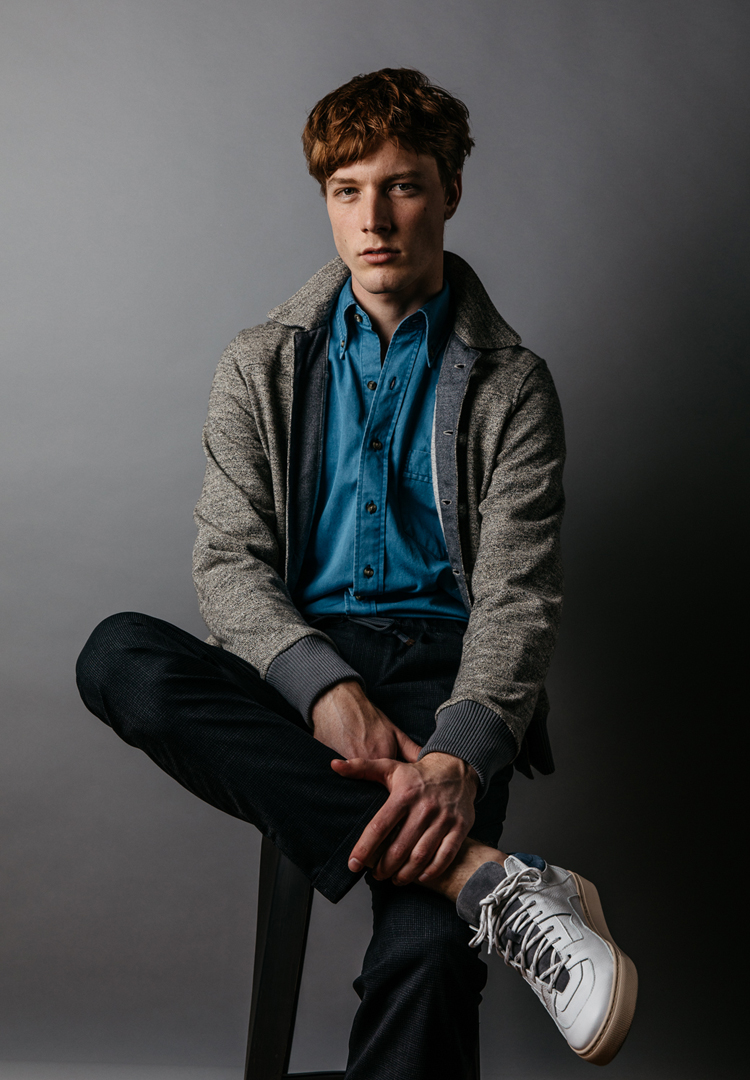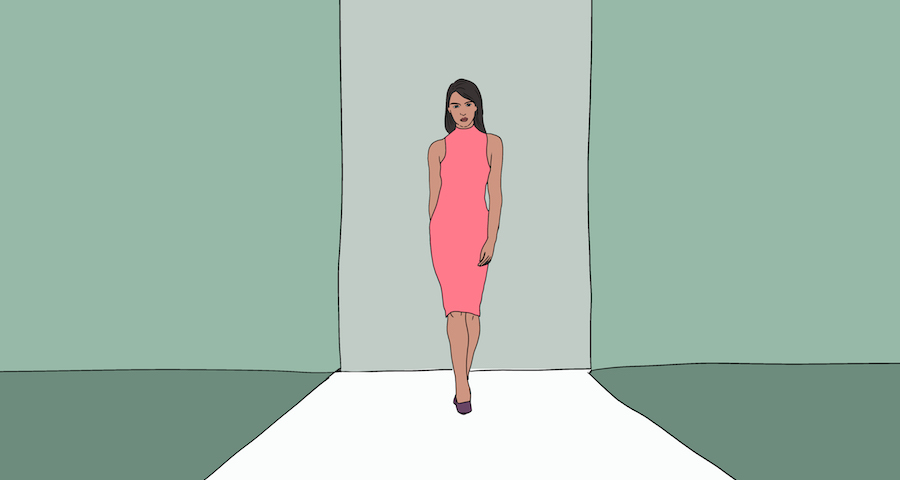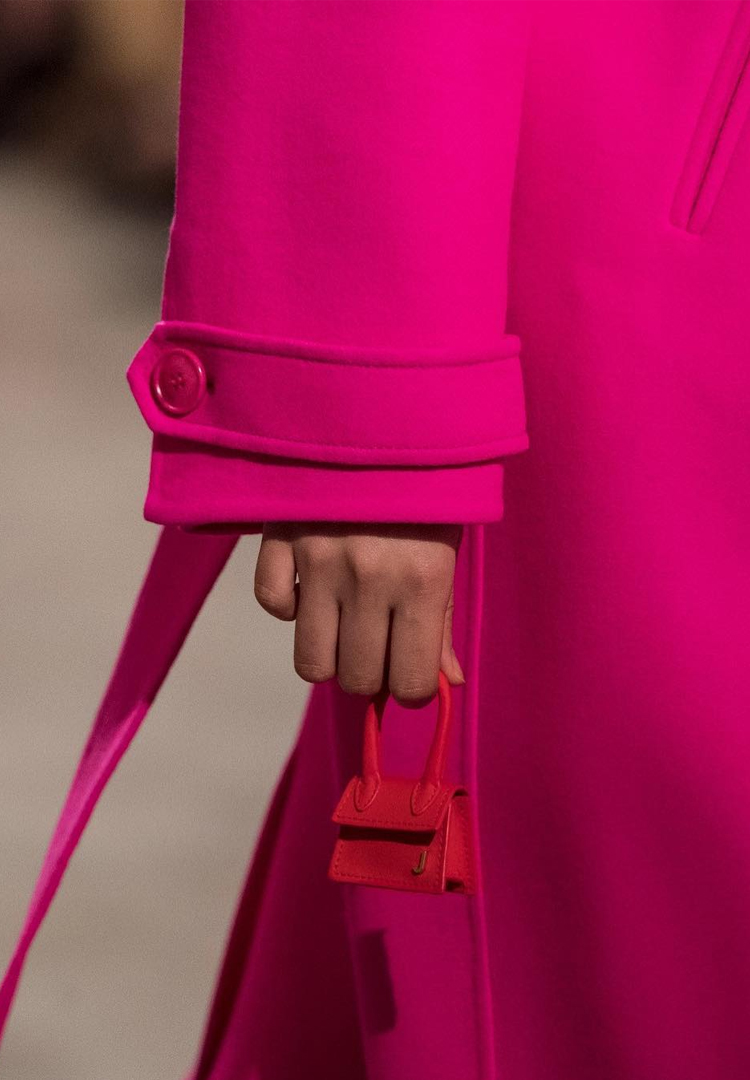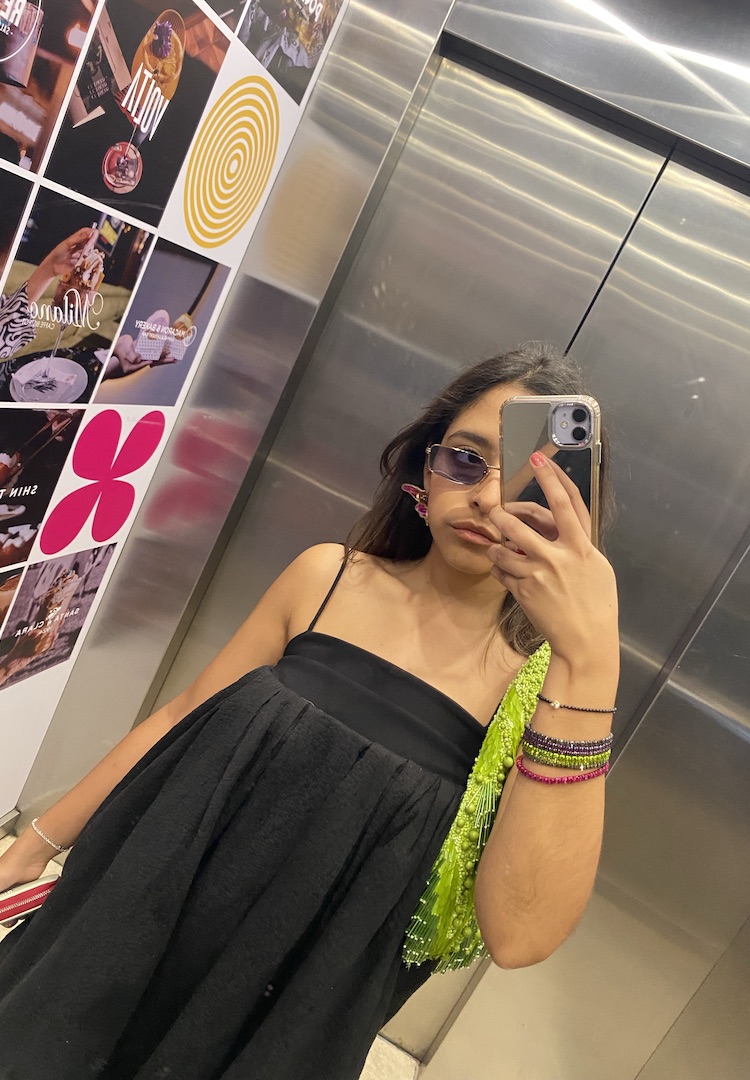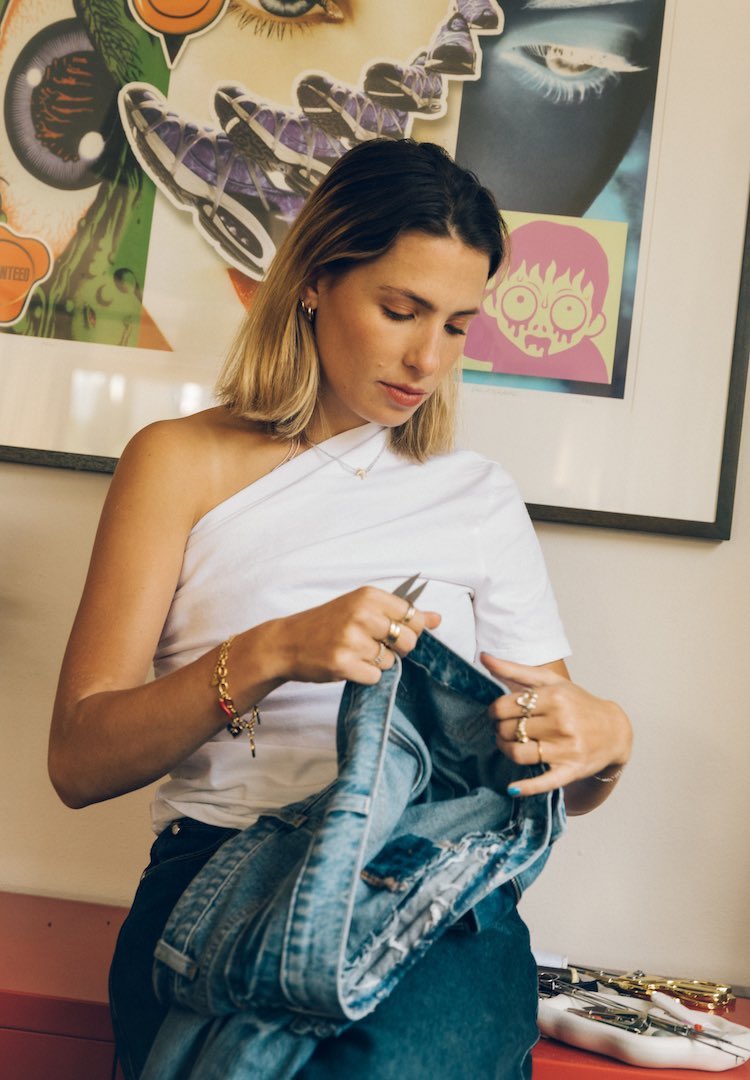Why I wish my baby sister didn’t model
Illustration by TwylaMae
Words by Ellen Seah
The industry still has a problem with body diversity.
My baby sister was scouted when she was 15 years old. A tall, well-groomed man approached her outside a movie theatre to ask if she was already represented. He gave her a business card and told her to get in touch.
I told her to throw it away because she had just voluntarily paid actual dollars to see Mall Cop 2, and clearly wasn’t in a right state of mind. She didn’t listen to me, and has since gone on to model for the likes of David Jones, Myer, Jay Jays and The Herald Sun for Melbourne Fashion Week.
While I didn’t understand the appeal (my inner feminist pursed her lips), I shrugged and thought: ‘as long as she’s happy’.
But three years and a near-constant stream of tears later, I can safely say that I was wrong.
Her tears (mostly because of her weight) were followed by episodes of refusing to eat (mostly because some designer called her fat). On one particularly notable occasion over gelato, there was an ugly crying incident so visceral a middle-aged woman came up to us and demanded to know if I was abusing her. I swore I was just trying to feed her some mint choc chip.
It’s common knowledge that the industry still has a problem with body diversity. But with the likes of Savage x Fenty dominating newsfeeds for its championing diverse models, it’s easy to forget how widespread the issue still is.
In 2016, a Danish study encompassing 3000 models, represented by every major agency in the world, determined that 94 per cent of those surveyed were underweight.
Only 75 of the 3000 models surveyed were in a healthy BMI range, which is typically between 18.5 and 25. Not a single model had a BMI over 21, with an average of 17.3 across the board. For context, the World Health Organisation classifies anyone with a BMI under 18.5 as malnourished.
Another study by the Model Alliance, published in the International Journal of Eating Disorders, found 62 per cent of models reported being asked to lose weight or change their shape or size by their agency or someone else in the industry. That’s a group of underweight women being told they need to be thinner.
Australia currently has no binding laws around the health and wellbeing of models. In an attempt to address issues in the industry, a Voluntary Industry Code of Conduct on Body Image was developed in 2009. Under the code, the fashion industry is required to use models over 16 years that are “clearly of a healthy weight”. But (surprise, surprise) the code is completely voluntary and has no binding legislation.
So, I was wrong to say that my sister could do what she liked, as long as she was happy. I was wrong to defend the industry to my mum, citing models that have made careers out of more than appearances. I was wrong to assume that my baby sister was special – that she somehow wouldn’t be sentenced to years of steadily declining body confidence and an increasingly disturbing relationship with food.
Studies have estimated that half of models start working when they’re between the ages of 13 and 16, and up to 40 per cent of those have eating disorders at some point in their career. I don’t like to think of my sister in these numbers.
Every woman knows it’s almost impossible to be completely comfortable with your body in your teenage years – and that’s without the bug-eyed modelling world labelling a size 10 like Bree Warren as “plus-size”. Modelling is an industry based on the shallowest comparison. No one is interested in my sister’s seal-like, honking laugh. No-one cares that she’s the artistic genius of the family. No one gives a damn that she’s a textbook charmer – give her five minutes with a room and suddenly she’s the best thing since high heels.
The problem with the modelling industry is that it’s got the unqualified nerve to pretend that a size, weight and ass encapsulates an entire person’s worth in society. And I know my sister is worth billions more than her face.
In France, laws have come into place that requires models to provide a doctor’s certificate attesting to their overall physical health, to prevent unhealthily thin models from walking down the catwalk. But in Australia, until people vote with their cash and the industry has a significant tectonic shift towards championing more inclusive, diverse bodies, I’ll just have to find another way to make her believe it.

